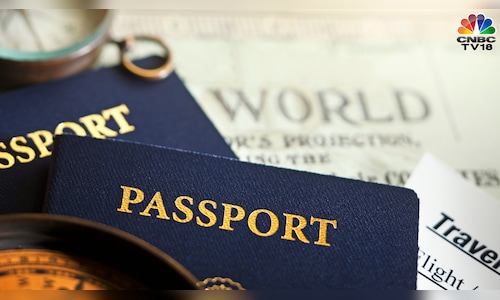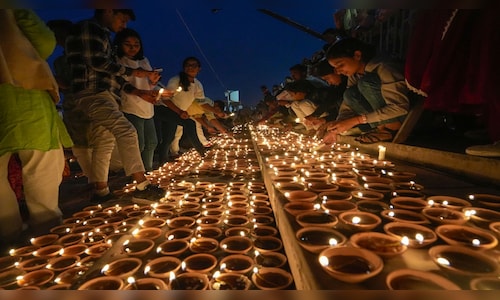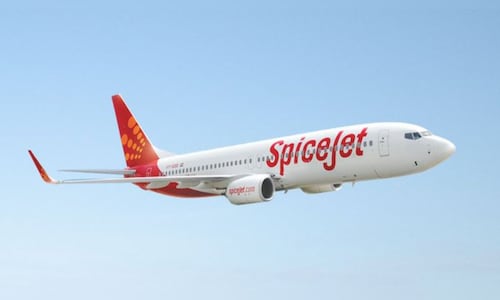The Ministry of External Affairs manages the passport system under the Passports Act of 1967. The colour-coding simplifies checks for authorities, clearly distinguishing ordinary citizens from officials and diplomats. While the blue, white, and red covers represent hierarchy and purpose, the common thread is the shift toward biometric technology.
As e-passports become the norm, Indian travelers, whether tourists, officials, or diplomats, are set to experience quicker, more secure journeys abroad.
Blue: Ordinary Passport
The blue passport, also known as the ordinary passport, is the most commonly issued travel document for Indian citizens. It is used for personal, business, leisure, or educational travel abroad.
Millions of Indians hold this type of passport. The new generation of blue e-passports comes embedded with biometric chips, designed to reduce risks of tampering and speed up immigration processes worldwide.
White: Official Passport
White passports are issued to government officials, civil servants, and military personnel traveling abroad on official duty.
This passport signals the bearer’s official status, granting them certain privileges at immigration counters. Like the blue version, the white passport has also transitioned to the e-passport format, equipped with a secure RFID chip for authentication.
Red: Diplomatic Passport
The red or maroon passport is reserved for diplomats, high-ranking government representatives, and their families.
It enables holders to avail of diplomatic courtesies, including faster visa clearances and in many cases, visa-free access to several countries. These too are being issued in e-passport form, improving both security and global acceptance.






